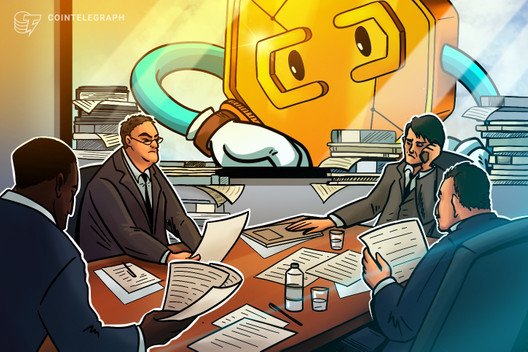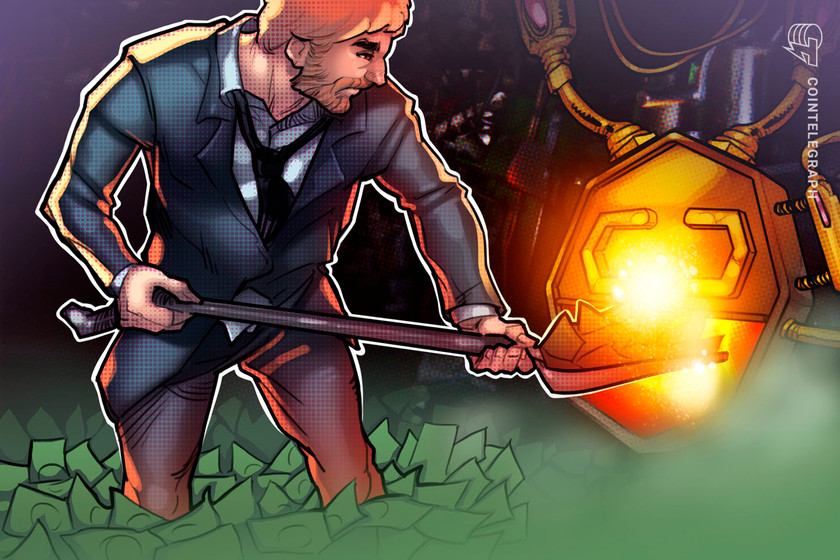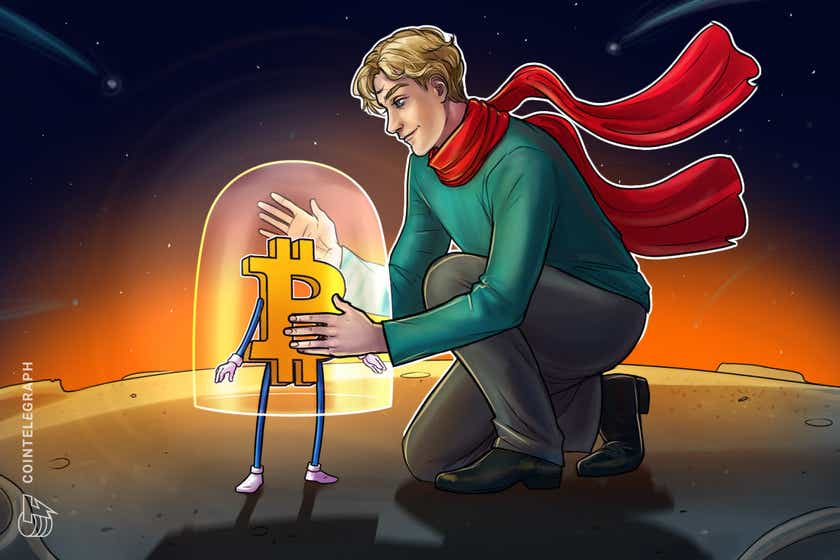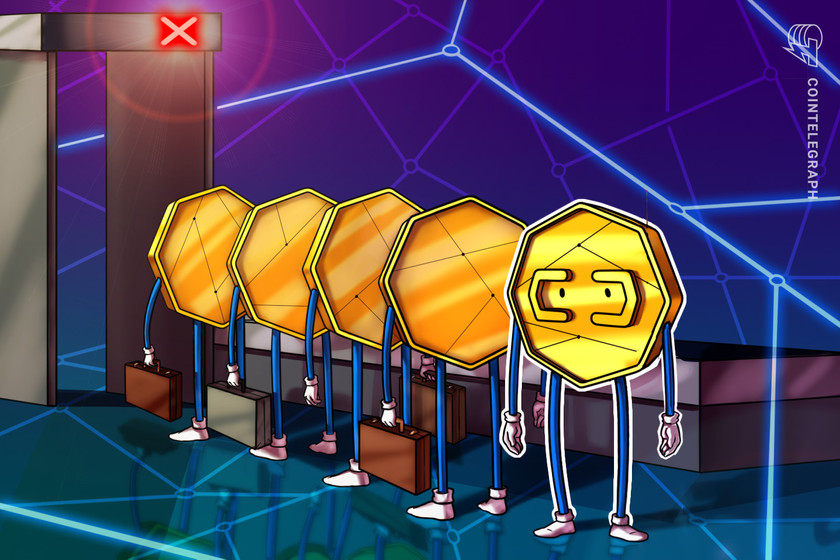DeFi aggregation: Paving the way for mass adoption
The DeFi revolution is transforming our financial landscape and empowering everyday people to take back control over their assets. However, the skill level necessary to practice DeFi successfully remains an obstacle to mass adoption. To overcome this roadblock and help grow decentralized finance, we need more DeFi aggregation services.
What is DeFi aggregation?
DeFi made simple
Aggregators are platforms that combine several different DeFi protocols to create a more efficient and complete service for end users. For example, 1inch aggregates multiple DEXs to find the best routes with minimal gas and slippage costs. Yearn Earn, on the other hand, aggregates several different loan, insurance and yield protocols. Other aggregators like Open Ocean help users capitalize on a range of opportunities via both DeFi and CeFi.
In each example, aggregation improves the user experience by increasing efficiency and reducing complexity. Instead of needing to jump between a variety of different protocols, DeFi investors can simply select what they want to accomplish and let the aggregator do the rest.
Amplifying communities
A key strength of Web3 is the community. The number of active users is what makes a protocol successful by generating trading volume and locked value (TVL). Users are critical to growth since they can promote your project with genuine enthusiasm. Yet for DeFi to continue growing, it needs to reduce fragmentation between users on different protocols and blockchains.
By uniting different communities around aggregation platforms, DeFi ecosystems gain more visibility, strength and choice without taking away from the underlying protocols. Aggregation can even make it easier to connect multiple networks. Bridge aggregators are an increasingly useful tool for cross-chain Web3 users since they can automatically determine the most efficient and secure routes between different blockchains.
On-chain “LEGO blocks”
The image of LEGO blocks helps illustrate why aggregation is important. Each DeFi protocol or dApp represents a block that can work together to form a vibrant, evolving structure. For individual users, the challenge is to leverage these different pieces together to create a powerful strategy that fits your needs.
Without aggregation to help simplify operations, this can be like building a LEGO model with no instructions. But with DeFi aggregators, even non-professional investors can take advantage of the different opportunities that are available across the Web3 ecosystem. Aggregation isn’t just useful for DeFi, as tools such as NFT marketplace aggregators can also make other aspects of Web3 more user-friendly and efficient.
Helping onboard users to Web3
A smooth UX doesn’t need to be centralized
While the general public might not know exactly how it works, the interest rates on our bank accounts are not magic money. Banks invest and make our money work to generate returns through various financial services. The general public does not necessarily want to become a financial expert, as long as they can protect and grow their assets over time.
Join the community where you can transform the future. Cointelegraph Innovation Circle brings blockchain technology leaders together to connect, collaborate and publish. Apply today
Aggregators make the user experience of DeFi smoother and more comparable to the streamlined nature of traditional finance (TradFi), as well as CeFi platforms. Yet unlike TradFi and CeFi, DeFi users retain full custody of their funds.
More yields, fewer tradeoffs
Removing middlemen like banks, brokers and more through DeFi smart contracts is a revolutionary opportunity for non-professional investors to make their money go further. But one of the reasons TradFi institutions can get away with offering low returns is because they make the investing process simple for end users.
However, the rise of aggregation services means that investors may no longer need to choose between higher yields and a straightforward user experience. While aggregators may take a small portion of fees generated through their services, these fees are typically much less than the overhead of centralized solutions.
Leveling the playing field
Mass adoption requires participation from investors at the retail, corporate or institutional level. While the higher levels of finance are dominated by industry professionals, retail investors lack the knowledge to manage a large range of different DeFi protocols themselves. This is where aggregation comes into play: by simplifying usage and enabling access to returns with the least amount of clicks and knowledge possible. Now, anyone can participate in this new financial world.
Making DeFi more secure
Decentralization is key
Times are tough for everyday people who want a safe haven for their hard-earned savings. Banks have traditionally provided this peace of mind, yet recent bank scandals continue to erode this trust. Enjoying full custody over your assets through DeFi is revolutionary, but many people don’t want to sacrifice user experience or security.
However, trustworthy aggregation services can solve both problems. If aggregators provide a streamlined UX and only include audited and secure protocols, it makes it easier for users to switch over from traditional finance to Web3.
Overcoming DeFi challenges
Current pain points with regard to DeFi security include the risk of impermanent loss, hacking, and too much slippage. These are crucial topics that still need research, development and innovative solutions to overcome. Aggregation tools are promising in this area since they can prioritize the most efficient pathways as well as the most secure routes.
Insurance and risk management
When it comes to managing risk, decentralized insurance protocols can play a major role in addressing investors’ concerns and helping kickstart adoption. Insurance aggregators make it simple to manage risk while still enjoying the fruits of the blockchain world. Although DeFi insurance requires investors to give up a small portion of their returns, the overall performance of decentralized finance still remains significantly more attractive than what conventional banks offer. Additionally, this extra layer of security can help onboard more users to Web3.
Aggregating a brighter future
Overall, DeFi offers a new chance for investors to gain independence and earn greater yields by making their own DeFi ‘bank account’ that is self-hosted, secure and protected from banking failures. While mastering a range of DeFi protocols is a big challenge for most everyday people, the aggregation of multiple high-quality platforms can make DeFi more accessible, more efficient and more ready for mainstream adoption.
Wolfgang Rückerl is the CEO of Istari Vision and Entity.global. His expertise is in Web3 startups, DeFi and GameFi.
This article was published through Cointelegraph Innovation Circle, a vetted organization of senior executives and experts in the blockchain technology industry who are building the future through the power of connections, collaboration and thought leadership. Opinions expressed do not necessarily reflect those of Cointelegraph.
Learn more about Cointelegraph Innovation Circle and see if you qualify to join









